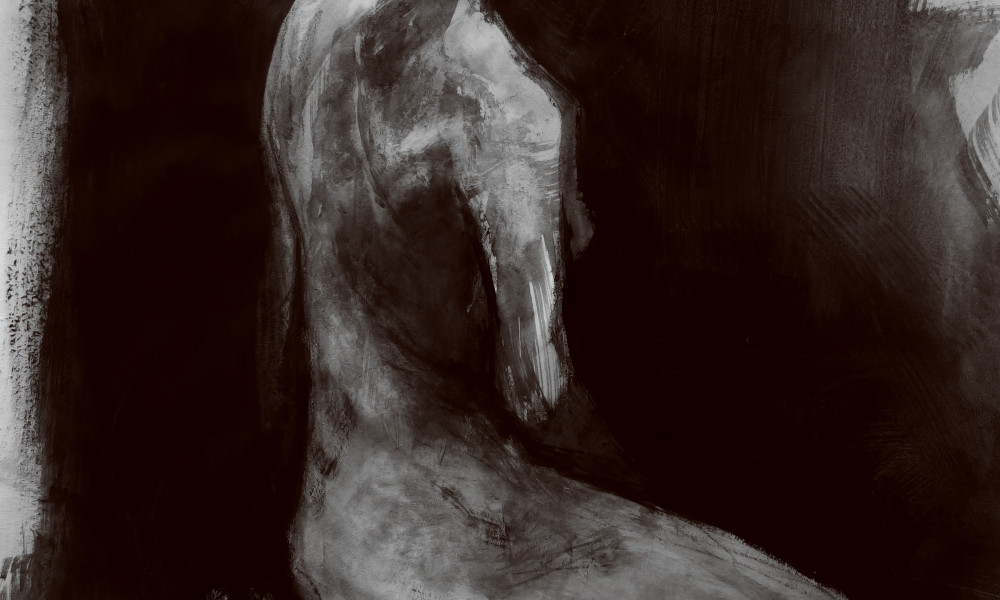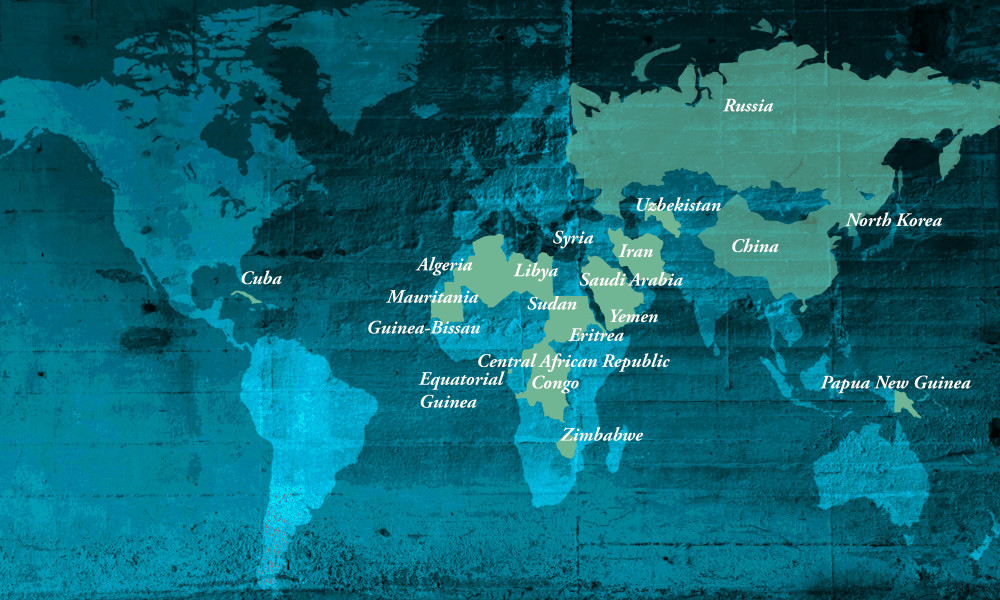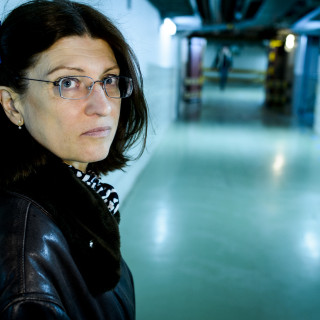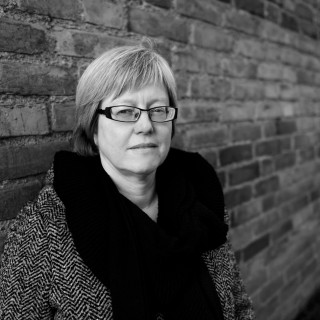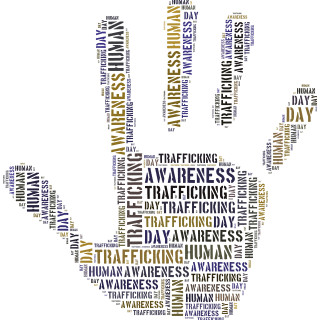Human Trafficking
Human trafficking is the second most lucrative criminal activity in the world, according to the UN. Only drug trafficking is more profitable. There are many indications that organised crime is steadily increasing its activities in human trafficking, as this entails much lower risks than drug trafficking.
Official statistics from UNICEF indicate that more than 1.2 million children a year are victims of trafficking. This could be the tip of the iceberg as there are a huge number of unreported cases. For adults, there are no quality-assured statistics available. However, according to the US State Department, between 600 000 and 800 000 people are smuggled across national borders every year. It is estimated that around half of these are adults and 80 per cent are women or girls.
The ILO 2012 Global Estimate of Forced Labour stated that around 20.9 million people worldwide are subjected to forced labour. A cautious estimate is that at least 44 per cent of these are victims of trafficking. A large majority come from the poorest classes of society in developing countries.
Human trafficking can take place within a country’s borders, especially in a large country, as well as between countries. Three types of country are referred to in international trafficking: source, transit and destination countries.
Text: Vera Celander
Illustrations: Catrin Jacobsson
Published: 2014
Facts
-
The worst countries
-
The worst countries, known as tier three countries, whose governments are not even considered to fulfil the minimum requirements for preventing human trafficking, according to a 2013 report from the US State Department, are (In alphabetical order):
Algeria
Central African Republic
China (PRC)
Congo (DRC)
Cuba
Equatorial Guinea
Eritrea
Guinea-Bissau
Iran
Libya
Mauritania
North Korea
Papua New Guinea
Russia
Saudi Arabia
Sudan
Syria
Uzbekistan
Yemen
Zimbabwe


